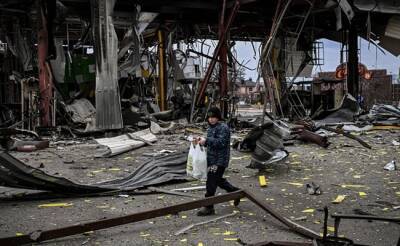Bitcoin traders say $34K was the bottom, but data says it’s too early to tell
Bitcoin (BTC) price traded down 23% in the eight days following its failure to break the $45,000 resistance on Feb. 16. The $34,300 bottom on Feb. 24 happened right after the Russian-Ukraine conflict escalated, triggering a sharp sell-off in risk assets.
While Bitcoin reached its lowest level in 30 days, Asian stocks were also adjusting to the worsening conditions, a fact evidenced by Hong Kong's Hang Seng index dropping 3.5% and the Nikkei also reached a 15-month low.
The first question one needs to answer is whether cryptocurrencies are overreacting compared to other risk assets. Sure enough, Bitcoin's volatility is much higher than traditional markets, running at 62% per year.
As a comparison, the United States small and mid-cap stock market index Russell 2000 holds a 30% annualized volatility. Meanwhile, as measured by the MSCI China index, Chinese equities stand at 32%.
There is a high correlation between Bitcoin, the Hang Seng stock market and the U.S. Russell 2000 Index. A possible explanation is the U.S. Federal Reserve's tightening objectives. By reducing bond buybacks and threatening to increase the interest rates, the monetary authority has caused a "flight to safety" movement.
Despite the non-existent returns adjusted by the 7.5% inflation, investors often seek protection on cash U.S. dollar positions and Treasury ills. This is especially true during periods of extreme uncertainty.
To understand how professional traders are positioned, one should monitor Bitcoin derivatives. The Bitcoin futures' annualized premium should run between 5% to 12% to compensate traders for "locking in" the money for two to three months until the contract expiry.
Levels below 5% are extremely bearish, while an annualized premium above
Read more on cointelegraph.com





















